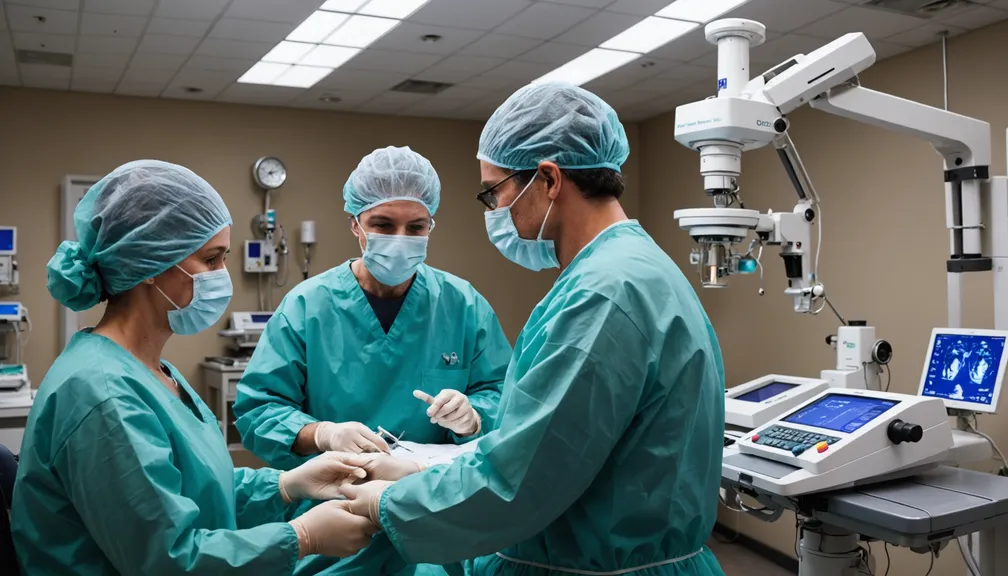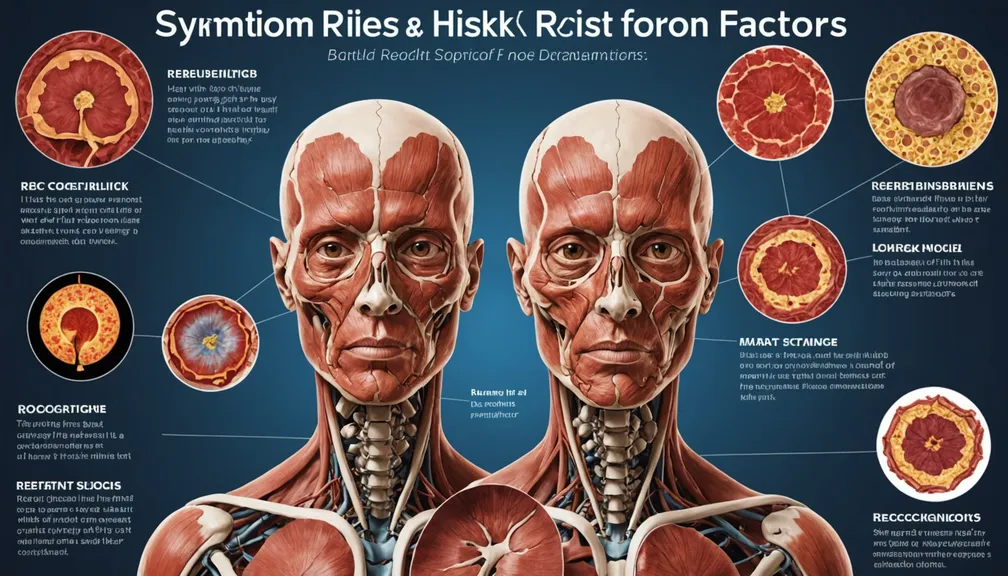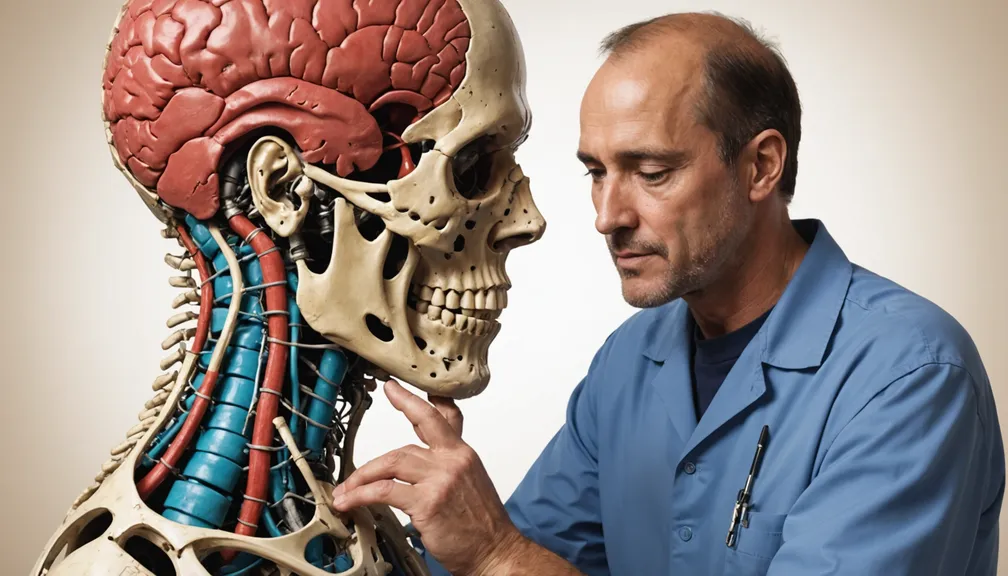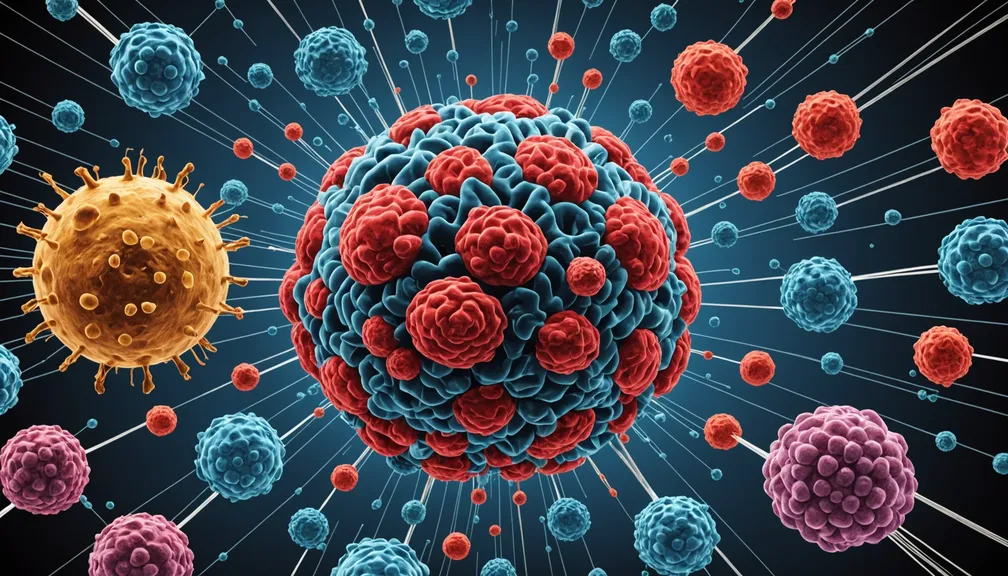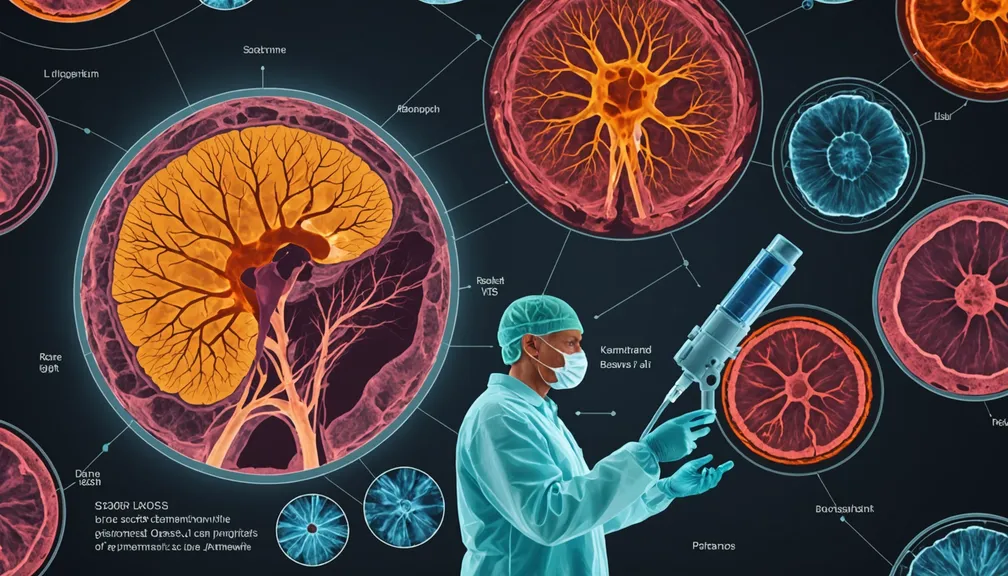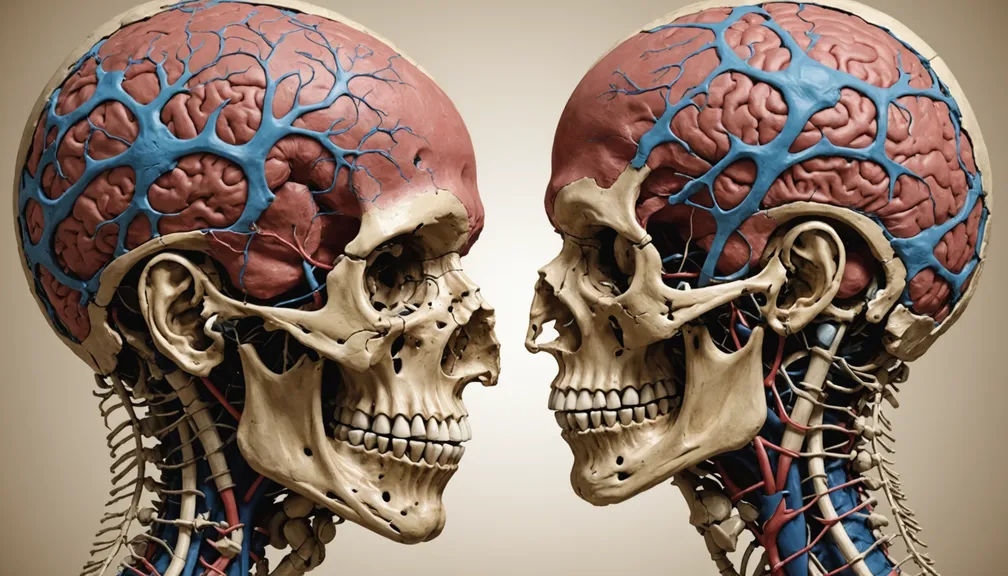What Are Rare Solid Tumors? Understanding the Basics
Rare solid tumors are uncommon cancers that develop in solid organs or tissues, such as muscles, bones, and connective tissues. Understanding these tumors can empower patients and their loved ones to recognize symptoms early and seek appropriate care.
What Are Solid Tumors?
Solid tumors form in the solid tissues of the body, unlike blood cancers like leukemia. They can develop in various organs and structures, including:
- Bones
- Muscles
- Nerves
- Fat
- Blood vessels
Solid tumors can be benign (non-cancerous) or malignant (cancerous). Rare solid tumors refer specifically to the malignant types that occur infrequently.
Why Are Some Solid Tumors Considered Rare?
A tumor is classified as rare based on its incidence rate—how often it occurs in the population. Factors contributing to rarity include:
- Genetic Mutations: Unique or uncommon genetic changes can lead to rare tumors.
- Environmental Factors: Limited exposure to certain risk factors may reduce prevalence.
- Age and Demographics: Some rare tumors primarily affect specific age groups or demographics.
Due to their low occurrence, rare solid tumors often present challenges in diagnosis and treatment.
Common Types of Rare Solid Tumors
While rare, these tumors can arise in various parts of the body. Some common types include:
1. Bone Tumors
- Osteosarcoma: Typically affects young adults and adolescents.
- Chondrosarcoma: Originates in cartilage cells, more common in adults.
2. Soft Tissue Tumors
- Angiosarcoma: Develops in blood vessels, often in the skin or internal organs.
- Epithelioid Sarcoma: Affects soft tissues in the extremities.
3. Central Nervous System Tumors
- Choroid Plexus Carcinoma: Found in the brain's choroid plexus.
- Pineoblastoma: Occurs in the pineal gland of the brain.
4. Gastrointestinal Stromal Tumors (GISTs)
- Location: Primarily in the stomach or small intestine.
- Characteristics: Arise from the interstitial cells of Cajal.
Symptoms and Signs
Recognizing symptoms early can improve treatment outcomes. Common symptoms of rare solid tumors include:
- Persistent Pain: Especially in bones or muscles.
- Swelling or a Lump: Noticeable in soft tissues or organs.
- Unexplained Weight Loss: Significant and unintended loss of weight.
- Fatigue: Persistent tiredness not relieved by rest.
- Changes in Organ Function: Such as difficulty breathing or unusual bleeding.
Note: These symptoms can be caused by various conditions. Always consult a healthcare professional for an accurate diagnosis.
Diagnosis of Rare Solid Tumors
Diagnosing rare solid tumors involves several steps:
1. Medical History and Physical Examination
- Assessment: Reviewing symptoms, medical history, and family history.
- Physical Check: Palpating lumps or abnormal growths.
2. Imaging Tests
- X-rays: Useful for detecting bone tumors.
- MRI and CT Scans: Provide detailed images of soft tissues and organs.
- PET Scans: Help in identifying cancer spread.
3. Biopsy
- Procedure: Removing a small tissue sample from the tumor.
- Analysis: Microscopic examination to determine cancer type and grade.
4. Genetic Testing
- Purpose: Identifying specific genetic mutations that may influence treatment options.
Treatment Options
Treatment plans for rare solid tumors are tailored to the individual and may include:
1. Surgery
- Goal: Remove the tumor and surrounding healthy tissue.
- Consideration: Complete removal is crucial to prevent recurrence.
2. Radiation Therapy
- Use: High-energy radiation to kill cancer cells.
- Application: Often used before or after surgery.
3. Chemotherapy
- Purpose: Using drugs to destroy cancer cells throughout the body.
- Regimen: May involve multiple cycles over several months.
4. Targeted Therapy
- Mechanism: Drugs that specifically target cancer cell mechanisms.
- Benefit: Often have fewer side effects compared to traditional chemotherapy.
5. Immunotherapy
- Function: Boosts the body’s immune system to fight cancer.
- Advantage: Can be effective against certain rare tumors.
6. Clinical Trials
- Opportunity: Access to new and experimental treatments.
- Participation: May provide options when standard treatments are ineffective.
The Importance of Early Detection
Early detection of rare solid tumors can lead to:
- Improved Treatment Outcomes: Higher chances of successful treatment.
- Less Extensive Surgery: Smaller or more localized tumors are easier to remove.
- Better Quality of Life: Reduced symptom severity and faster recovery.
Living with a Rare Solid Tumor
Managing life with a rare solid tumor involves:
1. Emotional Support
- Counseling: Professional help to cope with emotional challenges.
- Support Groups: Connecting with others facing similar diagnoses.
2. Nutritional Care
- Balanced Diet: Supports overall health and recovery.
- Dietitian Consultation: Personalized meal plans to meet specific needs.
3. Physical Rehabilitation
- Therapy: Physical therapy to regain strength and mobility post-treatment.
- Occupational Therapy: Assistance with daily activities and adaptations.
4. Palliative Care
- Purpose: Managing symptoms and improving quality of life.
- Services: Pain management, psychological support, and more.
Medical Professionals Involved in Care
A multidisciplinary team is essential for effective management of rare solid tumors. Key healthcare professionals include:
1. Oncologist
- Role: Specializes in cancer treatment and management.
2. Surgical Oncologist
- Function: Performs surgeries to remove tumors.
3. Radiologist
- Responsibility: Conducts and interprets imaging tests.
4. Pathologist
- Task: Analyzes biopsy samples to diagnose cancer.
5. Genetic Counselor
- Support: Provides information on genetic risks and testing.
6. Nurse Navigator
- Assistance: Guides patients through treatment plans and healthcare services.
7. Palliative Care Specialist
- Focus: Enhances comfort and quality of life during treatment.
Conclusion
Understanding rare solid tumors is a vital step toward effective management and improved outcomes. By recognizing symptoms, seeking timely diagnosis, and collaborating with a dedicated healthcare team, patients and their loved ones can navigate the challenges of rare cancers with greater confidence and support.
